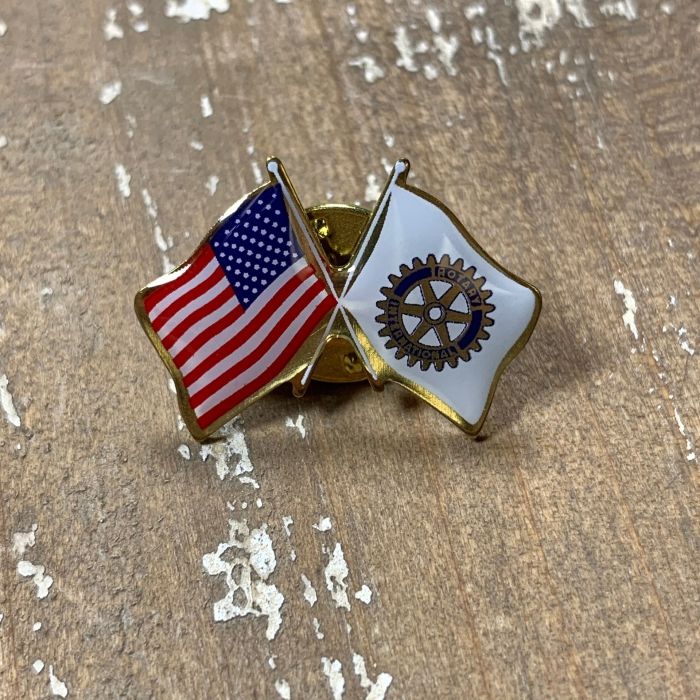Honoring Heroes: The Symbolism Behind the poppy lapel pin
Every year, as November rolls around, a small but significant symbol begins to adorn the lapels of millions around the world. The poppy lapel pin serves as a poignant reminder of the sacrifices made by soldiers and civilians alike during times of conflict. This article explores the rich history and profound symbolism behind the poppy lapel pin, examining why it continues to resonate with people across generations.
The Historical Roots of the Poppy Symbol
The story of the poppy as a symbol of remembrance dates back to the aftermath of World War I. The fields of Flanders in Belgium, synonymous with some of the war’s most intense fighting, saw thousands of poppies bloom amidst the devastation. Inspired by this sight, Canadian Lieutenant Colonel John McCrae penned the famous poem "In Flanders Fields," which immortalized the red poppy as a symbol of the bloodshed and loss sustained during the Great War.
"In Flanders Fields" gained immense popularity and soon inspired Moina Michael, an American professor, to campaign for the poppy to be adopted as a symbol of remembrance. The movement quickly spread, and by the early 1920s, the British Legion and other veterans’ organizations embraced the poppy lapel pin as a way to honor those who had served.
The Design and Significance of the Poppy Lapel Pin
The design of the poppy lapel pin may vary slightly between countries, but its core elements remain consistent. Typically, the pin features a bright red poppy with a black center, often accompanied by a green leaf. The simplicity of its design belies the depth of its meaning:
- Red Poppy Petals: Represent the blood of fallen soldiers.
- Black Center: Symbolizes the mourning of those left behind.
- Green Leaf: Often added in recent designs to symbolize renewal and hope for a peaceful future.
The poppy lapel pin is more than just a decorative item; it is a profound visual statement that conveys respect, gratitude, and remembrance. Wearing the pin is a public acknowledgment of the sacrifices made by military personnel and their families.
Wearing the Poppy: A Tradition of Remembrance
In many countries, wearing a poppy lapel pin is a tradition observed during the weeks leading up to Armistice Day (November 11th) or Remembrance Sunday. The act of donning a poppy lapel pin is steeped in various customs and practices:
- When to Wear It: Poppies are typically worn from late October until Armistice Day. Some individuals choose to wear their poppy lapel pin year-round as a continuous reminder of the sacrifices made.
- How to Wear It: The pin is generally worn on the left side, close to the heart. In some regions, men wear the pin on their left lapel, while women place it on the left side of their chest.
- Care and Respect: The poppy lapel pin should be treated with respect. Some traditions suggest that it should not be worn after 11 a.m. on Armistice Day, at the conclusion of the two-minute silence.
Across generations, people have found personal meanings in the act of wearing a poppy, making it a symbol that evolves with each wearer, while still retaining its universal significance.
Modern Interpretations and Controversies
The poppy lapel pin has largely remained a respected symbol of remembrance, but it is not without its modern controversies and reinterpretations. In recent years, discussions have emerged about its representation and usage:
- Commercialization: Some argue that the production and sale of poppy-related merchandise have commercialized a sacred symbol. Critics contend that the focus should remain on remembrance and veteran support rather than profit.
- Inclusivity and Diversity: The original symbolism of the poppy pin largely centered on the Allied forces of World War I. Today, as conflicts and their impacts have diversified, there’s a call to make the symbol more inclusive, representing all affected by warfare globally.
- Alternative Symbols: In some regions, alternative symbols such as the white poppy (representing peace) or purple poppy (commemorating animal victims of war) have emerged. These alternative pins sometimes spark debates about the best way to honor all forms of sacrifices and promote peace.
Despite these discussions, the poppy lapel pin remains deeply significant to many, symbolizing a collective act of remembrance and solidarity.
Ways to Get Involved and Promote Remembrance
There are numerous ways to get involved and uphold the tradition of the poppy lapel pin while honoring the memories of those who served. Here are some suggestions:
- Support Veterans’ Organizations: Many organizations dedicated to veterans and their families offer poppy lapel pins and other commemorative items. By purchasing from these organizations, you directly support veteran services and remembrance activities.
- Participate in Remembrance Events: Attend ceremonies, parades, and other events on Armistice Day or Remembrance Sunday. Many communities hold public gatherings that offer a space for collective remembrance.
- Educate and Spread Awareness: Share the history and significance of the poppy lapel pin with younger generations. Schools, community centers, and online platforms can serve as venues for educating others about this important symbol.
- Wear Your Poppy: Simply wearing your poppy lapel pin during the remembrance period is a powerful act. It starts conversations and can inspire others to reflect on the importance of this symbol and what it represents.
Conclusion
The poppy lapel pin is more than just a piece of metal and enamel; it is a symbol of profound remembrance and respect. Through its rich history, meaningful design, and the tradition of wearing it, the poppy lapel pin continues to honor the memories of those who made the ultimate sacrifice. As we approach Armistice Day in 2024, let us don our poppy lapel pins with pride and gratitude, ensuring the legacy of remembrance lives on for future generations.
custom lapel pin quote
FAQs
What is the history behind the poppy lapel pin?
The poppy lapel pin became a symbol of remembrance following World War I. Inspired by the poem "In Flanders Fields" by John McCrae, the pin honors the sacrifice of soldiers who fought in the war and subsequent conflicts.
Why is the poppy used as a symbol of remembrance?
The poppy was chosen because it was one of the few plants to flourish on the battlefields of Flanders, despite the devastation. Its vibrant red color became a poignant reminder of the bloodshed and loss during the war.
When should I wear my poppy lapel pin?
Traditionally, the poppy lapel pin is worn from late October up to Armistice Day (November 11th) in many countries. Some wear it for the entire month of November to honor the memories of those who served.
How should I wear my poppy lapel pin?
The poppy lapel pin is generally worn on the left side, close to the heart. This placement signifies that the wearer’s heart remembers the fallen. In some traditions, men wear the pin on their left lapel, while women place it on the left side of their chest.
Are there different types of poppy pins?
Yes, while the red poppy is the most common, other variations like white poppies (for peace) and purple poppies (to honor animals in war) have also emerged. These alternatives signify different aspects of remembrance and advocacy for peace.
For more information on how to get your own customized poppy lapel pin, you can visit poppy lapel pin.





